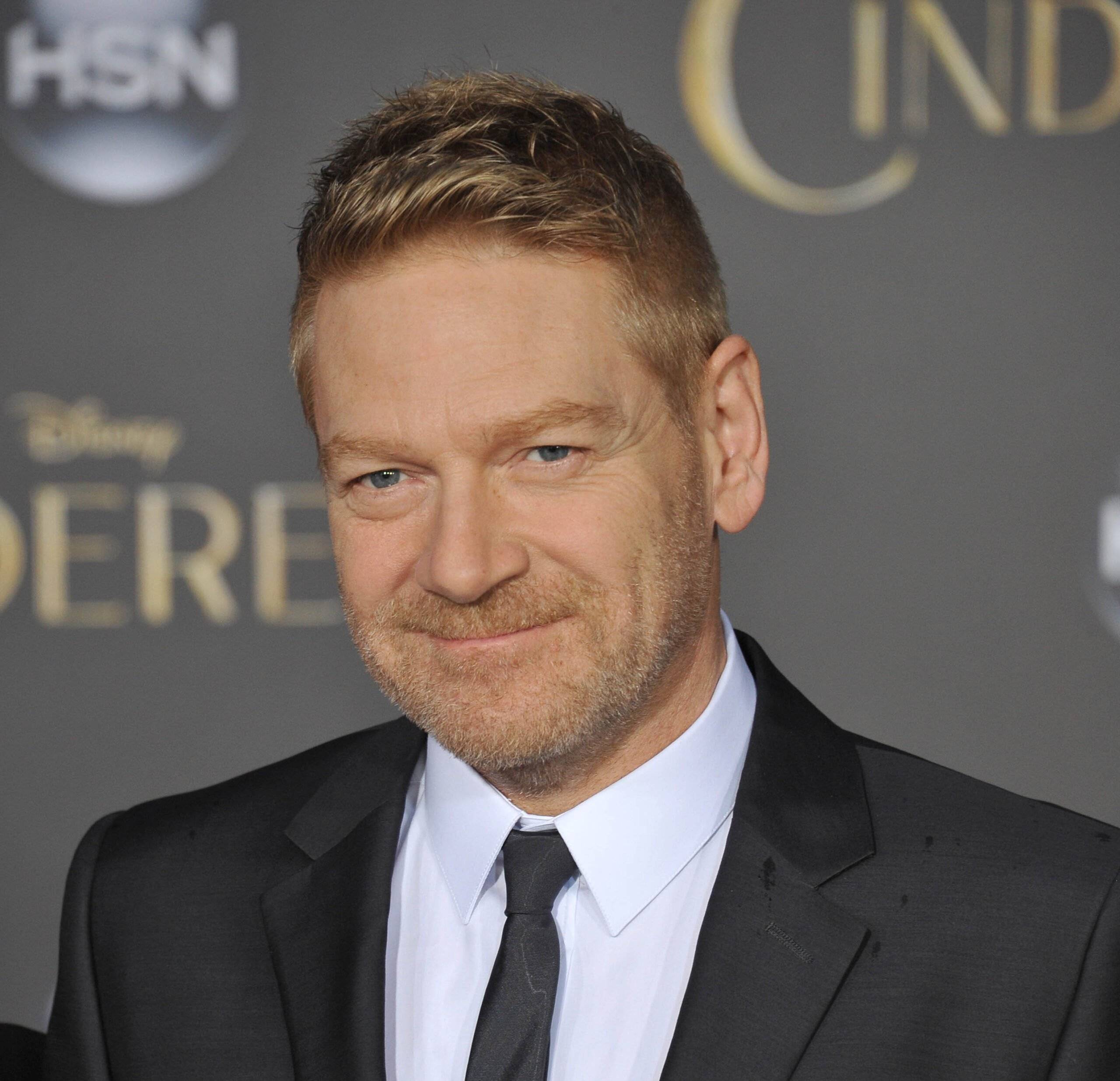One of our greatest creative filmmaking forces, Kenneth Branagh, looks back over three decades of big-budget production.
Kenneth Branagh is a behemoth of the major film project – a man who subscribes to the ‘more is less’ principle of movie-making, and who has absolute faith in the essence that big budgets make successful movies.
That alone offers a peculiar contradiction. After all, the 61-year-old is someone so creatively and artistically enriched, from within, that a script and a stage would all but suffice given the Belfast-born actor, producer and director’s ability to connect an audience to an idea.
How else can you explain his effortless excellence across so many Shakespeare projects, from Henry V (1989) – for which he was nominated for an Academy Award for Best Actor and Best Director – through to Much Ado About Nothing (1993), Othello (1995), Hamlet (1996), Love’s Labour’s Lost (2000), and As You Like It (2006).
And yet, his big-screen work away from the Bard goes the other way, with high-quality, mass-scale projects that refuse to be held back by budget – consider Harry Potter and the Chamber of Secrets (2002), Valkyrie (2008), the blockbuster superhero film Thor (2011), Jack Ryan: Shadow Recruit (2014) and Murder on the Orient Express (2017), and of course Death on the Nile, this year.
“Death on the Nile is an immense project and I have always been confident that all the investment and commitment would pay itself back, both financially and artistically.
“It’s one of those films that could have been made on the cheap in fact, it’s a story that has been told in many different ways and never with this sort of backing, and that’s fine. However, I think for us it’s such an iconic story – it’s Agatha Christie, after all! – and what that extra finance gives you is detail and delivery. It’s the fine details that really begin to shine when you have a bigger budget to play with. It’s the luxury of doing something really good and knowing you have the time to go back and take another look at something if it hasn’t quite come through the way you had expected. It’s quality control.”
That element of quality control has forever patterned Branagh’s work. “I would never say I was a perfectionist, but I’ve always vehemently believed in doing the very best job you can on everything you do, otherwise just don’t bother.”
Married to Emma Thompson from 1989 to 1995, since 2003 Branagh has been wed to art director Lindsay Brunnock, whom he met during the shooting of Shackleton. After his divorce from Thompson, he was in a well-publicised relationship with Helena Bonham Carter for several years, and despite considerable turmoil in his private life, he has always retained focus on the job in hand.
“Ultimately, I feel extremely lucky to be making the sorts of movies I have over the past couple of decades, and to find the backers who believe in these projects, because it’s not always been like that,” he says, referencing the industry’s lack of money and interest in filmmaking when he was first getting started.
“It was a real famine back in the Eighties – so few movies were being made,” continues Branagh, who names Keira Knightley and Chris Pine as two of the favourite actors he has worked with.
“We forget the dark times, but it was extremely difficult trying to make something outside of America.
“These days there are sets the size of Soho and investment in filmmaking is so huge, and I would like to think the output validates that; but as ever, it’s the audience who are there to judge, and that’s the way it should be.”







